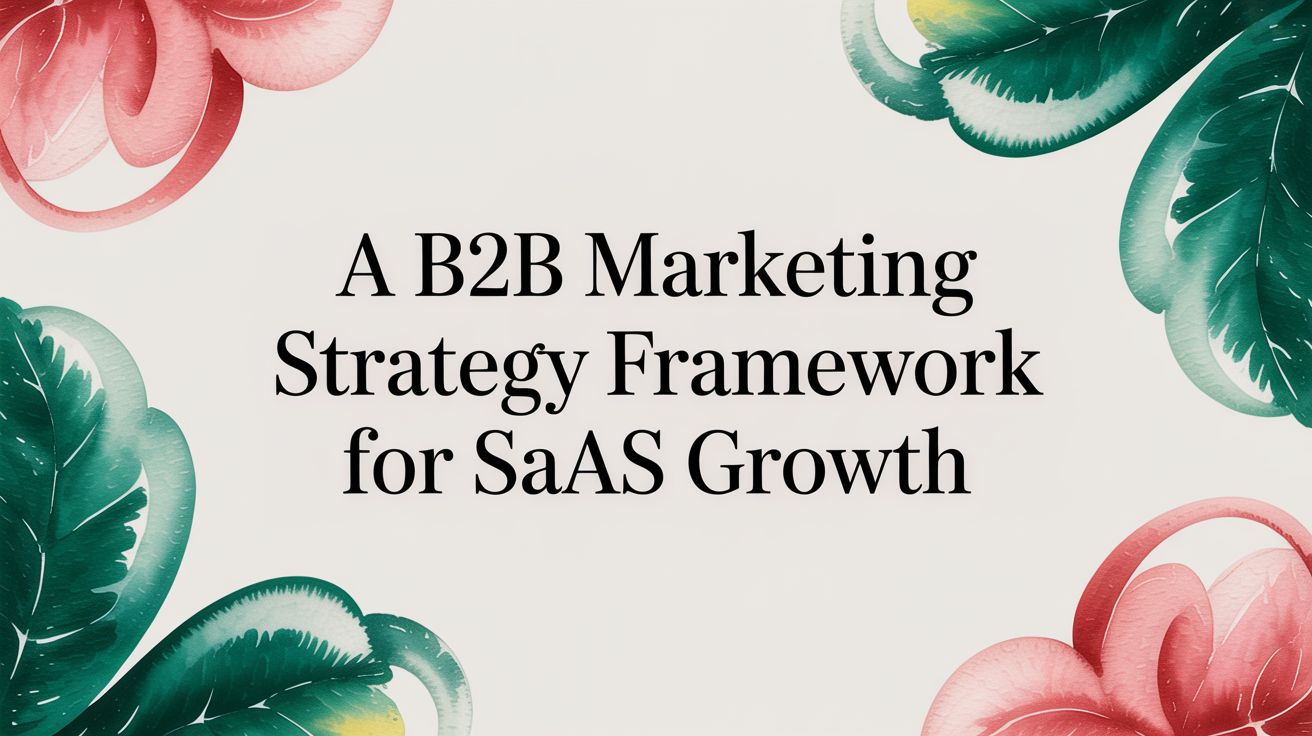Understanding ROI Of Marketing Automation Platforms
January 31, 2025

In recent years technology and data-driven practices have reshaped marketing and sales. Organizations have made huge investments in marketing automation platforms, giving prominence to a fresh, more tactical approach for nurturing leads and automating workflows.
We should feel incredibly confident of the ROI then – who doesn’t love automation right?
According to a 2014 study, when B2B marketers were asked whether the investment in marketing automation platforms was worth it, more than 40% said that they weren’t sure.
As a marketer, I became curious to understand why so many of us are unsure about the returns of our investments marketing automation platforms.
Part of the challenge, of course, is the “different levels of maturity in processes, systems, and skills” of organizations that adopt marketing automation platforms, as it’s a fairly new generation technology.
But an even bigger issue is the quality of input – in this case, the leads at the top – which form the basis of achieving a great output from any processing tool – in this case, your marketing automation platform.
Lead Quality Is Key For Any Marketing Automation Platform
According to a survey conducted by B2B Technology Marketing Community, 61% of respondents agreed that “the biggest challenge B2Bmarketers face in regards to lead generation is generating high quality leads.”
This defies logic. Marketing has the primary role of generating high quality leads; no one wants to dabble in poor quality leads. If a sales person said that his biggest challenge was selling, he would be asked to try another line of work. That’s his only role – to make the sale!
Think of top-of-the-funnel leads as fuel and marketing automation platform as your brand new sports car. Would you use low-grade fuel for your car and still expect stellar performance? Probably not. Let me explain.
The concept of a sales funnel is becoming increasingly irrelevant today. In a traditional funnel, you would expect that as you increase the number of inbound leads at the top, the number of won opportunities at the bottom would grow proportionally. In practice, however, this does not work.
As you strive to reach a wider audience and run more inbound programs to keep pace with growing revenue targets, you also increase the share of irrelevant and less qualified leads in your pipeline. Your sales funnel starts to take an efficiency hit from the top-down.
As Andrew Chen puts it: “More scale means less qualified customers.”
Consider this: Averages suggest that out of the leads that your campaigns attract, only a quarter have a propensity to buy or signal an upcoming need. When you nurture a thousand leads, assuming a respectable conversion rate of 5%, you get a return of 50 wins. But when you start nurturing 10,000 leads, you are only able to scale up to 300 wins, instead of the expected increase to 500.
Your sales funnel starts growing bloated at the top and scarce at the bottom. Over time, marketing’s contribution to sales revenue decreases. Your sales reps start relying on their own prospecting efforts to make up for the missed revenue, and marketing becomes less relevant.
You need a more refined, data driven approach to find targeted, relevant, and quality leads for scaling demand to keep pace with the growth of your organization.
You need a more refined, data driven approach to find targeted, relevant, and quality leads for scaling demand to keep pace with the growth of your organization.
Vaibhav Bansal
Marketing Automation Platforms Need The Right Data For Great ROI
Wouldn’t it be more fruitful if you could see leads and know when they are discussing internally of buying a product to address a problem? Or even better, imagine discovering an account, which was not in your existing database, linked to a prediction that the account holder will need to invest in a solution?
And this, based on their adoption history, growth rate, and other data-sourced qualifiers, would be before they even start searching for a solution.
What kind of an edge would this give you over your competition? Wouldn’t the performance of your marketing campaigns shoot up?
I refer to these data-driven lead generation methods as automated prospecting and demand discovery.
Automated prospecting picks up and connects various signals from buyer behavior and internal discussions to identify requirements for a solution where your product will be a good fit.
Demand discovery goes a step further. By combining data driven account insights with buyer activity, it predicts an upcoming demand for a solution where, yet again, your product could be a great fit.
Instead of attracting thousands of leads to click on your campaigns and then salvaging buyers by using expensive predictive scoring, to eliminate 90% of those who won’t buy, you can focus on responding to demand that already exists out there – definitive prospects who will buy today.
Try this:
- Start evolving your marketing tactics to integrate big-data technology available for generating quality leads to improve the performance of your existing campaigns.
- Use data science to discover prospects who have clear purchase intent, score high on the BANT criteria, and are a right fit for your product.
- Add these high quality prospects to your automation workflow and target them with customized nurturing campaigns for a far more effective sales funnel and greater conversion rates.
When you use high quality leads as input for your sales funnel, you will see conversion improvements throughout – at the top, when your prospects respond to your campaigns, in the middle, when they are progressed by inside sales, and at the bottom, where it matters most, with won revenue.
Your marketing automation platform would then finally get a chance to show you what it can do, once it gets the great input that it deserves.
Struggling with the impact of your marketing automation platform adoption? I can help. Setup a free consultation with me and I will be happy to guide your organization.
%20-%20Alternate.svg)


%20-%20white.svg)